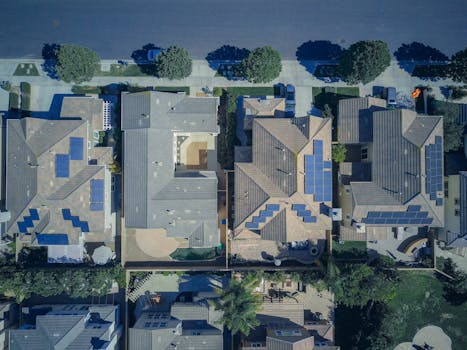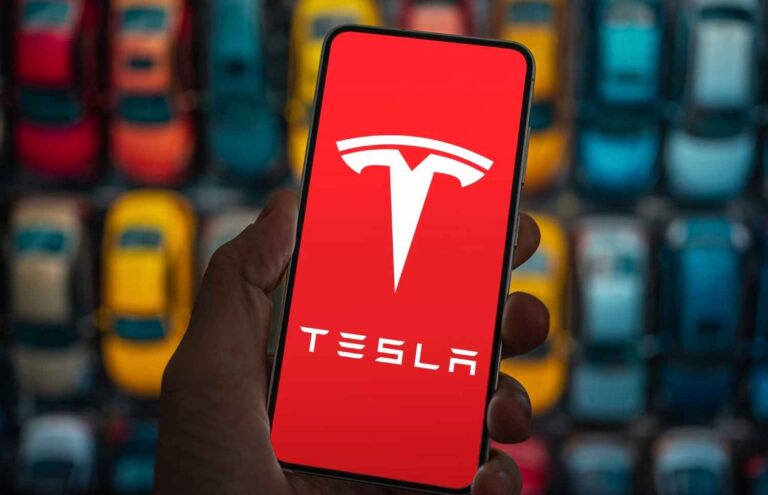
Smart Homes and Smart Living: The Technological Transformation of European Homes by 2025
Smart Homes and Smart Living is revolutionizing the way we live in our homes. With the increasing demand for convenience, efficiency, and sustainability, European homes are undergoing a significant transformation. By 2025, homes will be more connected, automated, and environmentally friendly.
Introduction to Smart Homes
Smart homes are residences that have integrated technology to make living more comfortable, convenient, and energy-efficient. These homes are equipped with advanced automation systems that control lighting, temperature, security, and entertainment. The integration of smart devices and sensors enables homeowners to monitor and control their homes remotely, making it easier to manage their daily lives.
The Benefits of Smart Homes
The benefits of smart homes are numerous. Some of the key advantages include:
- Energy efficiency: Smart homes can optimize energy consumption by automatically turning off lights, appliances, and heating/cooling systems when not in use.
- Convenience: Smart homes provide homeowners with the ability to control their homes remotely, making it easier to manage their daily lives.
- Security: Smart homes can be equipped with advanced security systems that alert homeowners to potential threats and provide real-time monitoring.
- Sustainability: Smart homes can help reduce waste and promote sustainable living by optimizing energy consumption and water usage.
The Future of Smart Homes in Europe
By 2025, the smart home market in Europe is expected to grow significantly. According to a report by MarketsandMarkets, the European smart home market is projected to reach $24.5 billion by 2025, growing at a CAGR of 12.3% during the forecast period. The increasing demand for smart home devices and systems is driven by the need for energy efficiency, convenience, and sustainability.
Technological Advancements in Smart Homes
Several technological advancements are driving the growth of smart homes in Europe. Some of the key technologies include:
- Artificial intelligence (AI): AI-powered smart home systems can learn and adapt to homeowners’ preferences, making it easier to manage their homes.
- Internet of Things (IoT): IoT devices and sensors enable smart homes to connect and communicate with each other, making it easier to control and monitor homes remotely.
- 5G networks: The rollout of 5G networks will provide faster and more reliable connectivity, enabling smart homes to function more efficiently.
Conclusion
In conclusion, the future of European homes is changing with the advent of smart home technology. By 2025, homes will be more efficient, convenient, and sustainable. The integration of smart devices and sensors will enable homeowners to monitor and control their homes remotely, making it easier to manage their daily lives. As the demand for smart home devices and systems continues to grow, it is essential for homeowners, builders, and policymakers to work together to create a more connected, automated, and sustainable living environment.






